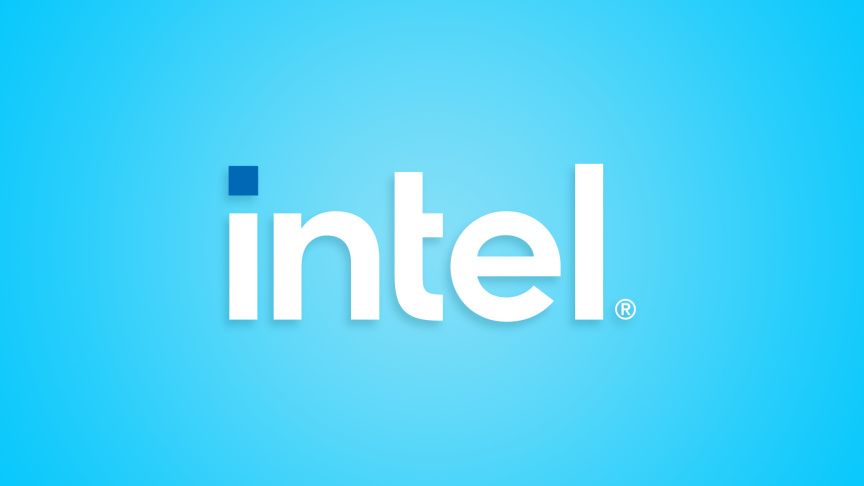While Thunderbolt 4 launched last year with Intel's 11th-generation processors, it's no surprise that Thunderbolt 5 is being worked on. What's more surprising is that Intel Client Computing Group EVP and GM Gregory Bryant accidentally teased it on Twitter. On a trip to Intel's research and development labs in Israel, he posted a tweet with four pictures, one of which shares some details about Thunderbolt 5, as spotted by AnandTech.
The tweet has since been deleted and reposted with three images.
The key difference with Thunderbolt 5 is that it will support 80Gbps data transfer speeds, double that of Thunderbolt 4. This shouldn't be surprising, since it pretty much doubles every generation. The only exception to this was Thunderbolt 4, where there were changes to minimum requirements, rather than maximum speeds.
While the 80Gbps speed is what's going to affect the consumer, there's more to unpack here. It says on the sign that Thunderbolt 5 should "support the existing USB-C ecosystem". That means that it's still going to use a USB Type-C port (it didn't with Thunderbolt and Thunderbolt 2), and it should be backward compatible with previous USB and Thunderbolt standards.
It's going to use something called PAM-3, as indicated by the rest of the sign. PAM stands for Pulse Amplitude Modulation, and this is about sending ones and zeros. PAM-3 can send three values: -1, 0, and 1. There are thresholds set for frequencies, and if it's at the top, it's a one; if it's in the middle, it's a zero; if it's on the bottom, it's negative one. Here's a quick explainer video:
In fairness to Gregory Bryant, many of us have posted some picture or another that had something in the background that's not meant for the public. Mistakes happen to all humans. And frankly, we shouldn't be surprised that Thunderbolt 5 is coming or even that it gets 80Gbps speeds.
As for when it's coming, that's anyone's guess. Thunderbolt 4 is still brand-new, but it also wasn't a big change from Thunderbolt 3, which was introduced back in 2015. Perhaps, Thunderbolt 4 will have a relatively short life before moving onto the next thing. Intel's 12th-gen chips should be coming soon, but since it hasn't even talked about Thunderbolt 5 yet, don't expect to see it included this year.


